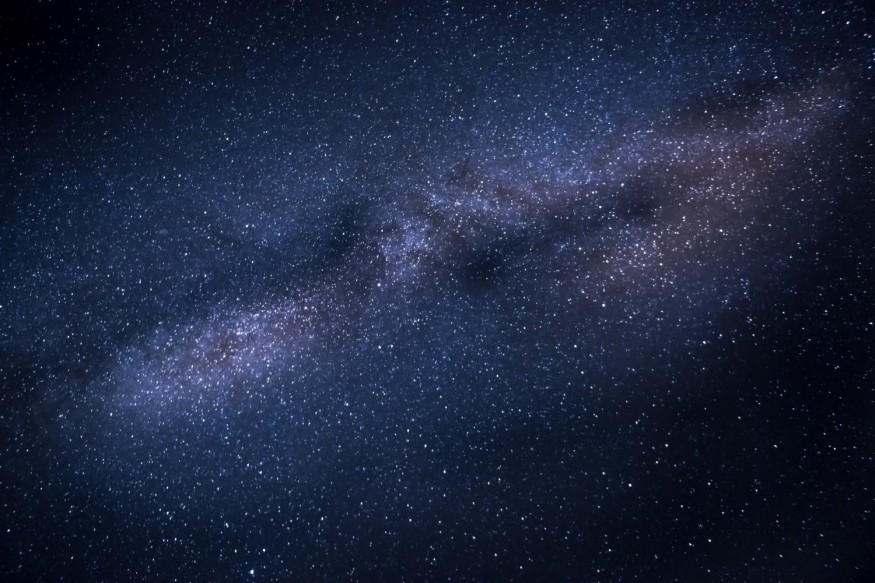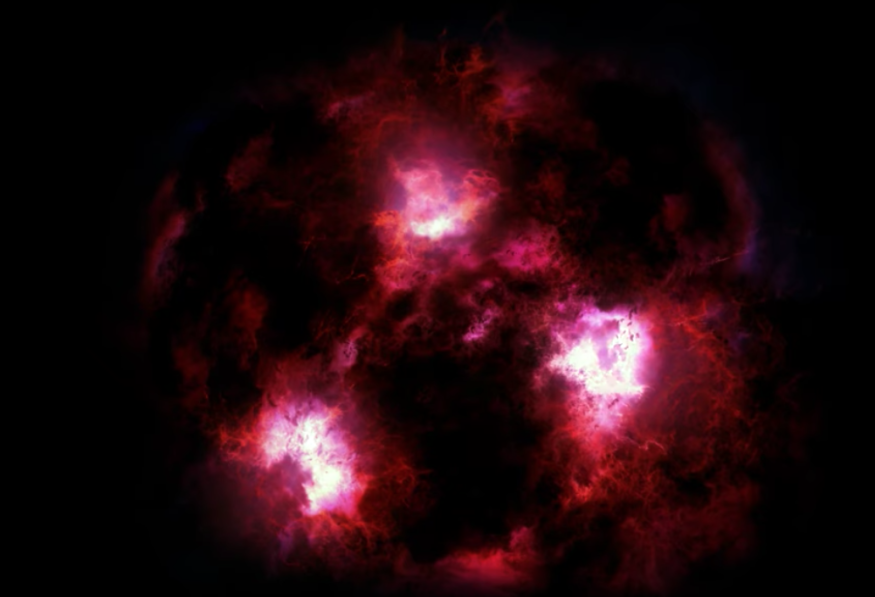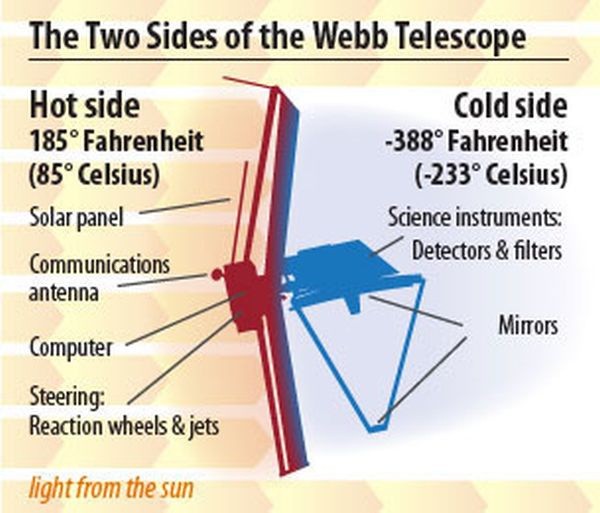

Just in time for the Halloween, a team of astronomers revealed that they have recently discovered an invisible "monster galaxy" that could probably solve the endless questions relating to galactic mysteries.
The galaxy was noticed first by Christina Willams, a postdoctoral fellow at the University of Arizona and also the lead author of the research paper. According to her, it is "very mysterious." The newly discovered galaxy is surrounded by an abundant mist of dust particles which blocks the wavelength of lights coming in from the galaxy and shrouding it enough to be almost invisible. Williams said that this recent discovery got her excited as the "monster galaxy" is not suspected of being linked to any other known galaxy.
Meanwhile, the co-author, Kate Whitaker, said in the press release that a whole new galaxy is probably waiting to be discovered, and this recent discovery is nothing more than the "tip of the iceberg."
The Mystery
The estimated distance of the newfound galaxy is estimated to be around 12.5 billion light-years, which according to researchers, puts its origin at the time when the Milky Way is just one billion years old. With this, the scientists had suspected that this discovery could offer clues about the formation of huge, mature galaxies since those that appeared by the time the Milky Way is still an "infant" galaxy or the "early universe," as the scientists put it.
Williams said that this discovery could be the "missing link" to complete the puzzling secrets of the galaxy.
Currently, the scientists' best theoretical models could not follow the formation process of these mature galaxies. All they know is that these heavenly formations came out of nowhere, grew, and produced stars by converting gases, before finally clamming down. NASA's Hubble Telescope has observed smaller galaxies from the early universe but none of them are fast and active enough to become these behemoths.
The observation was conducted on the Atacama Large Millimeter Array in Chile and was published in the Astrophysical Journal, last week Tuesday.
New Telescope

In line with this latest discovery, Williams has also set her eyes on the James Webb Space Telescope (JWST) in the hopes that it will assist them in uncovering more details about this mysterious and invisible galaxy. Said to be the most advanced space telescope ever created, the JWST has a highly sensitive detection features, thanks to the infrared system attached to it. This will allow the telescope to study exoplanets and even the early Universe.
But there is a major drawback: it has to maintain its extremely low operating temperature of -220 degrees Celsus and below. And that's why a sunshield was attached to its body. The sunshield is built with five layers of the material called Kapton before being attached to the sunshield. Coated with aluminum, the portio that is set closest to the sun is covered with two layers of "doped silicon" that are expected to bounce the Sun's ultraviolet rays back to space.
In the case of space object collision, the shield has a feature that protects the telescope against asteroids.
In a press release, NASA claimed that the sunshield has passed the testing phase, and is set to be launched on March 30 of the following year.
© 2025 NatureWorldNews.com All rights reserved. Do not reproduce without permission.





